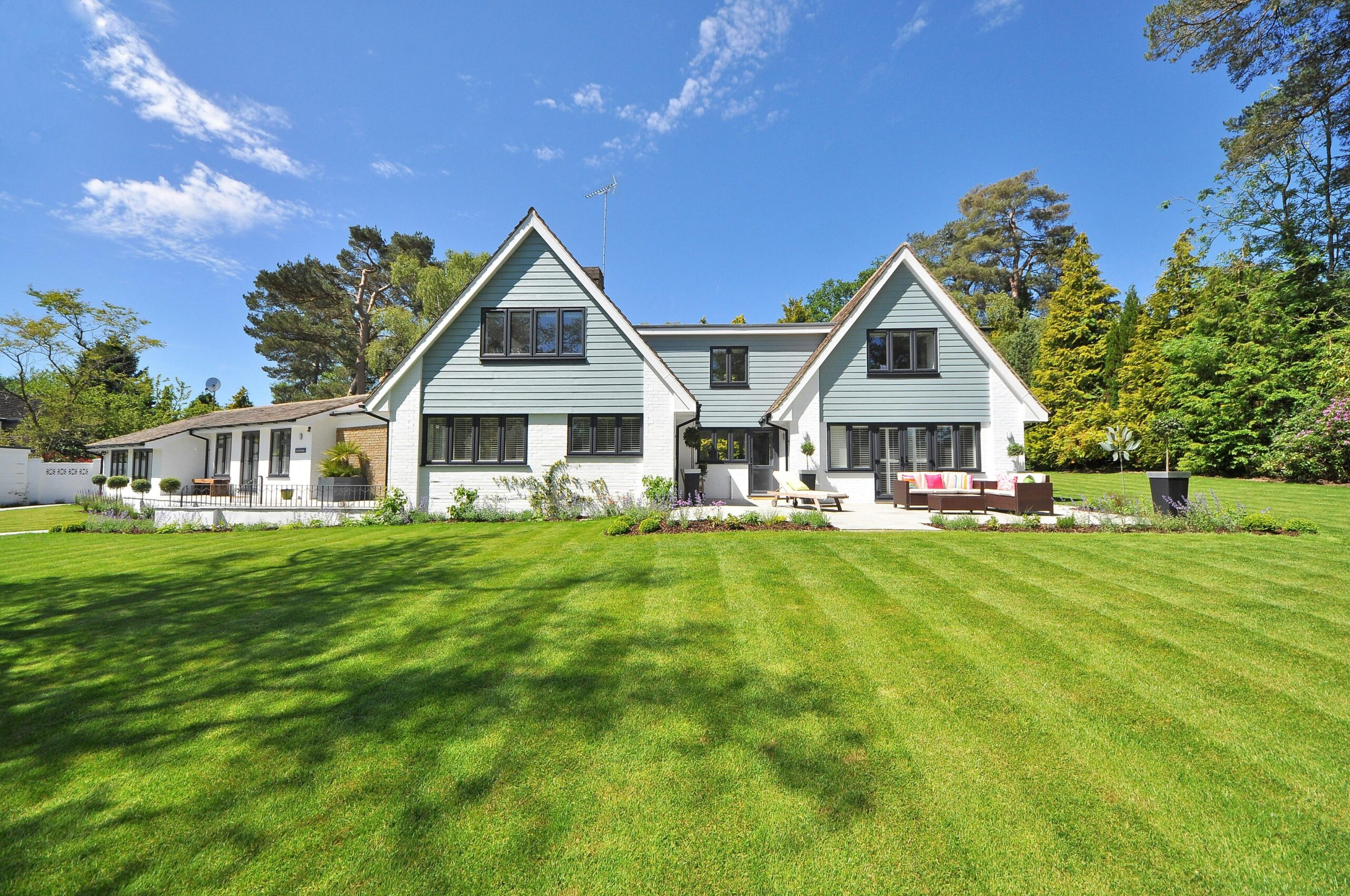Building a granny flat in New South Wales is a practical way to add value to your property, generate extra income, or create a private space for family. However, you can’t just start building immediately — you must first secure the right approvals. Without them, you risk costly fines or being forced to demolish your new structure.
This guide takes you through the process step-by-step so you can move from planning to completion smoothly, without unnecessary delays.
Step 1: Check Property Eligibility
Before preparing plans, confirm whether your property qualifies for a granny flat. The NSW Housing Code outlines the basic requirements:
| Requirement | Standard |
|---|---|
| Minimum Lot Size | 450m² |
| Existing Property Use | Must already have a primary dwelling |
| Zoning | Must be residential under local planning rules |
| Access | At least 12m frontage or suitable side/rear access |
If your property does not meet these criteria, you may still proceed through a Development Application (DA) instead of a Complying Development Certificate (CDC), but the process will be slower and subject to more checks.
Step 2: Understand NSW Approval Pathways
In NSW, there are two main approval pathways:
- Complying Development Certificate (CDC) – The fastest route if you meet all NSW Housing Code requirements. Approvals can take as little as 10 business days.
- Development Application (DA) – Required if your property doesn’t meet CDC standards or if you want to build outside the standard design rules. This process is handled by your local council and may take 6–12 weeks.
Choosing the right pathway early will save you time. Consulting an experienced granny flat builder Sydney can help determine the best route for your project and avoid back-and-forth with the council.
Step 3: Prepare Required Documents
Accurate paperwork is key to fast approval. You will usually need:
- Site plan showing boundaries and building placement
- Floor plans and elevations with measurements
- Engineering drawings for structural compliance
- BASIX certificate for energy and water efficiency
- Title search proving ownership
- Sewer service diagram from Sydney Water or equivalent
A professional designer or builder can prepare these for you. Submitting incomplete or incorrect documents is one of the main reasons applications are delayed or rejected.
Step 4: Meet Building and Design Standards
The Building Code of Australia (BCA) and NSW Housing Code set out the design requirements for granny flats.
Main points to note:
- Size limit: Maximum of 60m² internal area (not including verandas or garages)
- Setbacks: At least 3m from rear boundary and 0.9m from sides
- Height limits: No more than 3.8m for single-storey buildings
- Private open space: Minimum 24m² of usable outdoor space for occupants
Meeting these standards ensures your granny flat is both legal and functional, avoiding future compliance issues.
Step 5: Lodge Your Application
Once you have your plans and documents ready, you can lodge them either:
- Through a Private Certifier – Ideal for CDC applications and typically faster
- With Your Local Council – Necessary for DA applications or non-standard designs
Approval fees vary by property size and project value. CDC applications can be processed in 10–20 business days, while DA approvals often take several months.
Step 6: Secure Certificates Before Building
After approval, you’ll need additional certificates before starting construction:
- Construction Certificate (CC) – Confirms plans meet building codes
- Compliance Certificate – Issued after inspections to confirm standards are met
You can only start building once you have these in place. Ignoring this step can result in work stoppages and fines.
Step 7: Choose the Right Builder
A good builder doesn’t just build — they guide you through compliance, manage inspections, and keep your project moving. Master granny flats builders, for example, handle everything from design to final certification, ensuring the process is smooth from start to finish.
Step 8: Pass Final Inspections and Obtain Occupation Certificate
Once the build is complete, inspections will check plumbing, electrical, and structural safety. Passing these is essential to receive your Occupation Certificate (OC), which legally allows the granny flat to be occupied or rented out.
Step 9: Think About Long-Term Benefits
A legally approved granny flat offers flexibility. Many homeowners in NSW use them for:
- Renting to create passive income
- Housing elderly parents or adult children
- Setting up a home office or guest accommodation
Because the approval process ensures quality and compliance, a granny flat can provide both immediate and long-term value.
Why Approval Matters
Following the right process protects your investment. Without proper approvals, you may face:
- Orders to demolish the structure
- Inability to rent it legally
- Difficulties selling your property later
Compliance isn’t just about rules — it’s about safeguarding your property’s value and usability
Conclusion
Getting approval for a granny flat in NSW involves checking your eligibility, selecting the correct approval pathway, preparing thorough documentation, and ensuring your design meets state building standards. With the right preparation and support, you can avoid costly delays and start construction confidently.
Read more property planning tips in our blog section.



